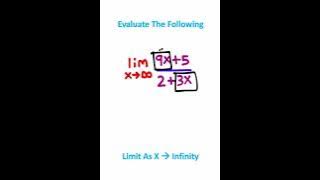Mathematical constants | Mathematical tables
Mathematical constant
A mathematical constant is a key number whose value is fixed by an unambiguous definition, often referred to by a symbol (e.g., an alphabet letter), or by mathematicians' names to facilitate using it across multiple mathematical problems. Constants arise in many areas of mathematics, with constants such as e and π occurring in such diverse contexts as geometry, number theory, statistics, and calculus. What it means for a constant to arise "naturally", and what makes a constant "interesting", is ultimately a matter of taste, with some mathematical constants being notable more for historical reasons than for their intrinsic mathematical interest. The more popular constants have been studied throughout the ages and computed to many decimal places. All named mathematical constants are definable numbers, and usually are also computable numbers (Chaitin's constant being a significant exception). (Wikipedia).




















